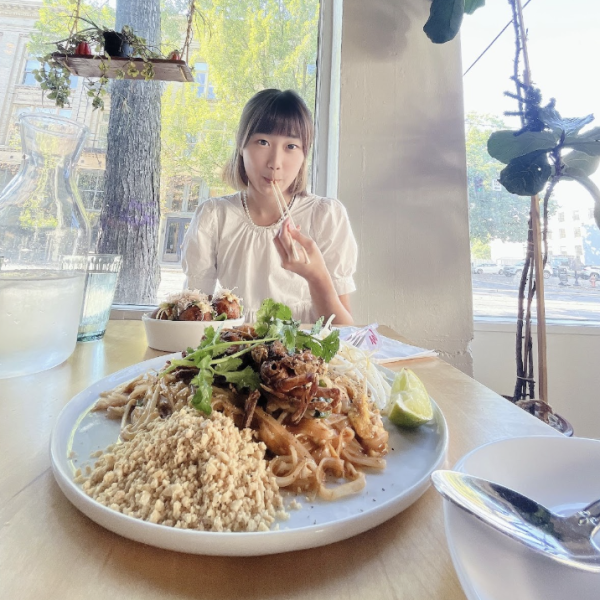2020’s next debacle: seasonal depression

November 20, 2020
During this tumultuous year, the last thing that we need is another catastrophe on our hands, but in true 2020 fashion, more difficulties must be thrown our way. A spike in Seasonal Affective Disorder (SAD) or seasonal depression is one of the more highly anticipated hardships of this winter. In years prior, it has been an issue for millions of people, but because of added stress and lack of distraction, 2020 is expected to have especially high numbers of SAD. With the help of LOHS’s school psychologist Wendy Stiles, however, you can learn to recognize the disorder and how to cope with its unfortunate effects.
According to WebMD, seasonal depression is a mood disorder that happens every year at the same time, typically starting in fall or winter and ending in spring or early summer.
When asked about the root of SAD, Stiles says, “The exact cause is not known, but a lot of experts believe it’s related to hormonal changes in the brain that trigger attitude-related changes at certain times of the year. One theory is that a decrease in sunlight during fall and winter leads to a decrease in the brain’s production of serotonin which helps regulate mood.”
Because of Oregon’s tendency to rain and supply us with generally awful weather, Oregonians are especially at risk for SAD. With this in mind, it’s important to learn how to identify the disorder’s symptoms.
“People with SAD have many of the normal warning signs of depression, including; less energy, trouble concentrating, fatigue, greater appetite, increased desire to be alone, greater need for sleep, [and] weight gain,” Stiles explains.
Personally, I feel that most of the people I’ve talked with about their day-to-day lives now have experienced at least one or more of these symptoms as well. Seasonal depression seems to be much more widespread than we typically think.
Now that you see that you are possibly affected by SAD, you may want to find some sort of treatment for your affliction. I, myself, do not have the expertise to recommend anything in particular. But thankfully, Stiles is back at it again with more advice.
She first shares that “antidepressants are commonly prescribed for more severe forms of seasonal depression.”
Not everyone has access to antidepressants or even requires them, though. Are there other methods to treat SAD? Fret not my dear friend, for there are much easier and cheaper ways to combat the disorder.
“Light therapy (phototherapy) has also been found to be an effective treatment. Natural or ‘full-spectrum’ light can have an antidepressant effect. There are several lights on the market that mimic natural lighting,” Stiles explains.
With just a quick bout of googling, one can find almost an overwhelming amount of light therapy lamps. One of the most well-recommended ones is the Verilux HappyLight. It’s available on Amazon, so feel free to take a look if you are so inclined. There are even more methods of easing your seasonal depression. The next few don’t even require you to purchase anything.
“Taking walks in the morning, even when cloudy, can also help regulate mood for the day. Eat a well-balanced diet. This will help you have more energy, even if you’re craving starchy and sweet foods. Exercise for 30 minutes a day, five times a week,” Stiles adds.
By now, I hope that you feel a bit more prepared to take on this last portion of 2020. It will most likely be a difficult couple of months, but just be sure to take care of yourself and seek out help from our school’s numerous resources if you feel that you need it. It’s been a rough year, but let’s try to end it as strongly as possible. Remember to take care of yourself and the people surrounding you. As a dead meme once said, “it ain’t much, but it’s honest work.”


